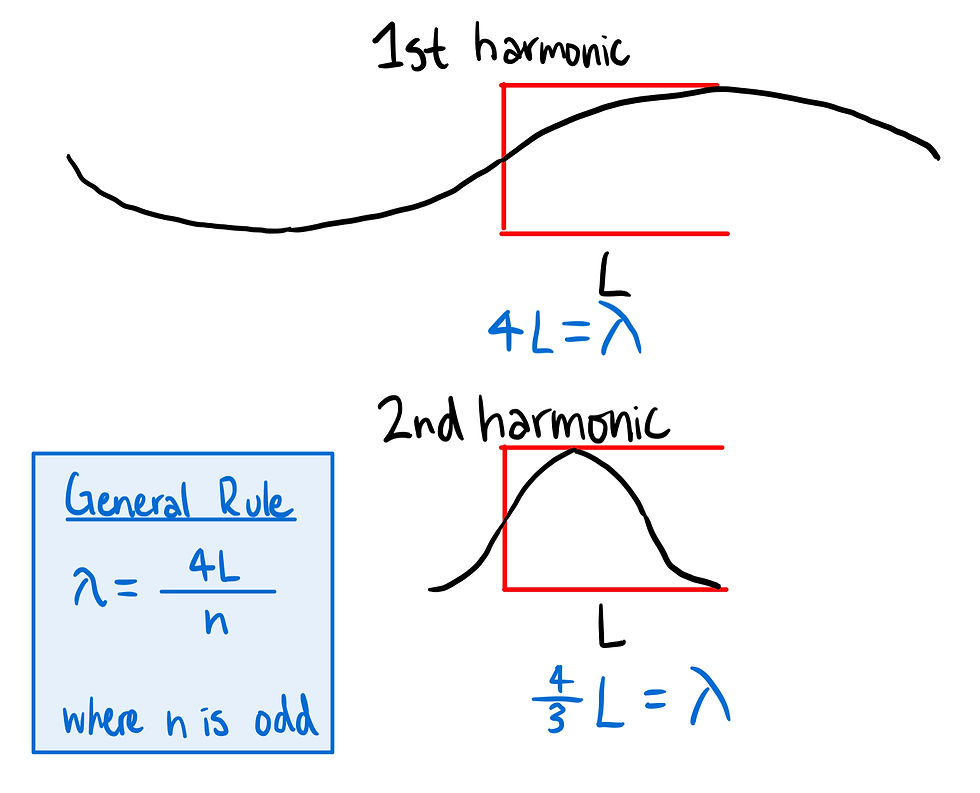PhysicsBowl 2017 Q26
- keshprad

- Apr 12, 2020
- 1 min read
26) For this question, we have a being swung in circular motion, shown in the diagram provided. Our goal is to find the speed of this mass. As with any dynamics problem, we should start with a free-body diagram. To make the problem simpler, we will split the forces into their x and y components.

By using the components, we can set up a system of equations. The object doesn't move up or down in the y-plane, so the net acceleration of the y-components is 0. Additionally, we also know that the object is in circular motion produced by the forces in the x-direction, so we can equate this to the centripetal force.

By dividing equations 1 and 2, we can solve for a combined equation for the speed.

Next, we need to find out the value of the radius r.

Finally, plugging all of this into our equation, we can solve for the speed.

Answer: A




Comments